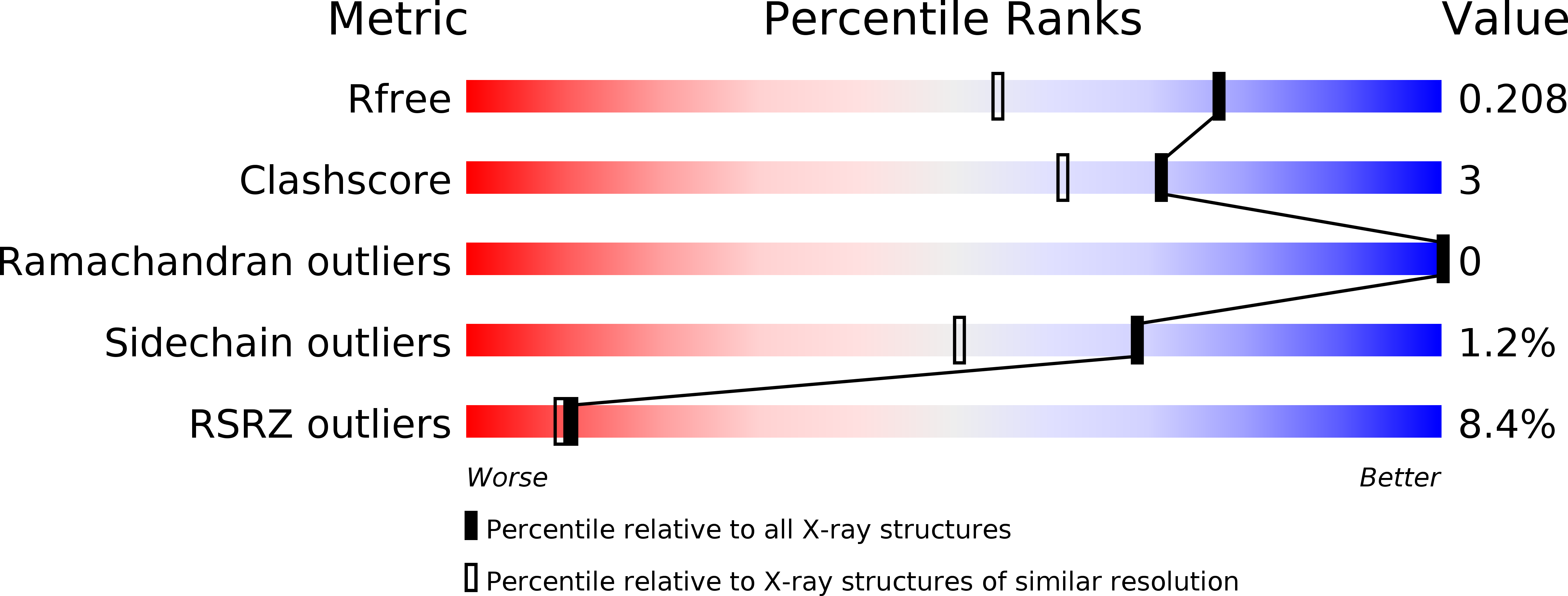
Deposition Date
2019-02-14
Release Date
2019-07-17
Last Version Date
2024-01-24
Entry Detail
PDB ID:
6QPL
Keywords:
Title:
Crystal structure of Spindlin1 in complex with the inhibitor MS31
Biological Source:
Source Organism:
Homo sapiens (Taxon ID: 9606)
Host Organism:
Method Details:
Experimental Method:
Resolution:
1.60 Å
R-Value Free:
0.20
R-Value Work:
0.18
R-Value Observed:
0.19
Space Group:
P 43 21 2


